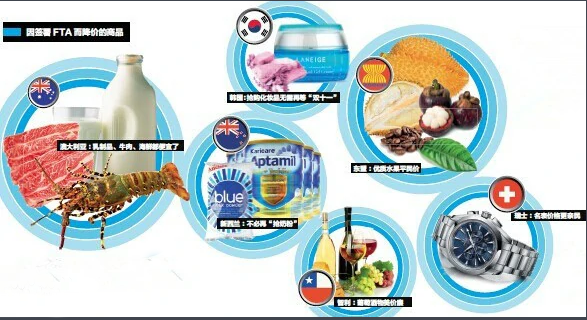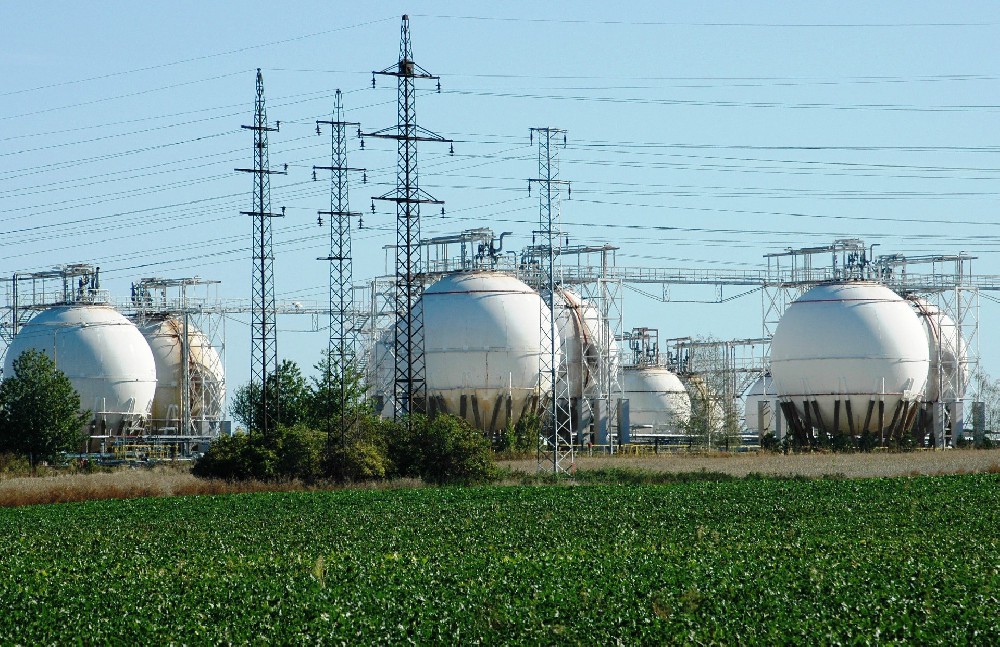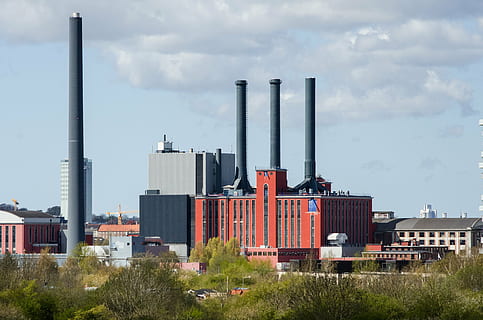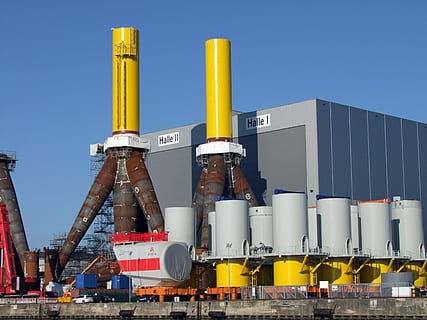The latest news over the weekend, the relevant people of the Ministry of Commerce introduced the promotion process of China's accession to the CPTPP at the APEC Business China Forum, and said that China submitted to the CPTPP the exchange documents of China's accession to the agreement, China has the willingness and ability to join the CPTPP.
The CPTPP stems from the Trans-Pacific Partnership (TPP) agreement reached by 12 countries including the United States, Japan and Canada in 2015, and Trump announced that the United States would withdraw from the TPP after taking office in 2017. In 2018, the 11 countries that launched the TPP negotiations signed the CPTPP, which basically retains 95 percent of the provisions of the TPP, and is an open, transparent, mutually beneficial and win-win regional free trade arrangement, and the highest standard free trade agreement in the world today.
The CPTPP has 30 chapters, which deal with economic management systems and rules, especially labor standards, environmental protection, government procurement, intellectual property protection, competition policy, digital economy, state-owned enterprise regulation and industrial subsidies.
After 2020, China began to discuss joining the CPTPP agreement. At the APEC meeting on November 20, 2020, it was pointed out that China will actively consider joining the Comprehensive and Progressive Agreement for Trans-Pacific Partnership (CPTPP). On December 18, the Central Economic Work Conference once again proposed to actively consider joining the Comprehensive and Progressive Agreement for Trans-Pacific Partnership.
On April 23, 2023, the Ministry of Commerce said that China has the willingness and ability to join the CPTPP, and has submitted relevant documents, indicating that the event is accelerating.
At present, two relatively important regional trade agreements are RCEP and CPTPP, among which China has officially signed the RCEP agreement in November 2020, and is actively promoting its accession to the CPTPP.
In terms of scale, RCEP is larger. The CPTPP member countries cover about 500 million people in the world, and the combined GDP of the signatories accounts for about 13% of the global economy. The RCEP member countries cover about 2.3 billion people in the world, and the combined GDP of the signatories accounts for about 30% of the global economy.
But in terms of rules, the CPTPP standard is higher. RCEP focuses on the interests of developing countries, and pays more attention to the balance of "flexibility" and "high standards". RCEP stipulates that its zero tariff coverage reaches more than 90%, and maintains a certain quota of agricultural products. The CPTPP agreement is a comprehensive and strict trade agreement, which applies the same high-standard trade rules to developed and developing countries. The CPTPP agreement implements the "three-zero" strict standard of 99% zero tariffs, zero subsidies and zero barriers.
In the current trade environment, joining the CPTPP is of great significance, not only to maintain the global multilateral trading system, but also to ease the pressure on the domestic industrial chain, help promote the implementation of the international and domestic dual-cycle strategy, and help boost the expectation of long-term external demand.




